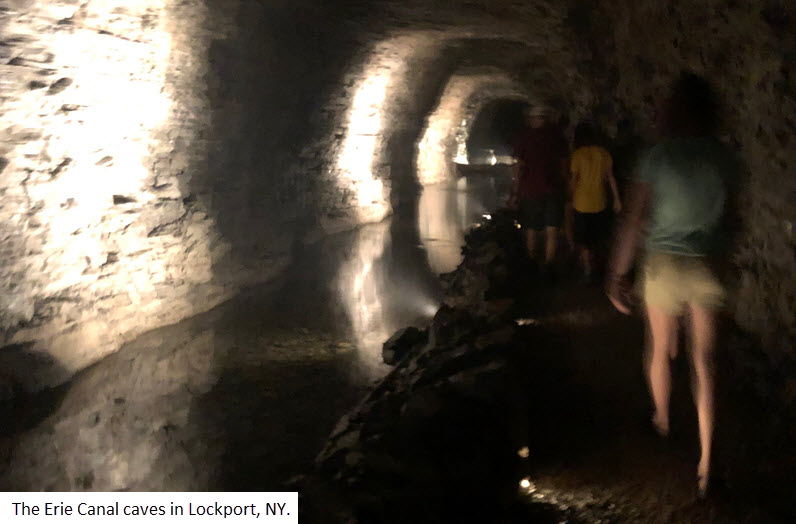| By Traci Cothran |
Confession: I have an Erie Canal fascination. This is, in part, geographically inspired—I grew up in upstate New York, home of this mega-tool of westward expansion, where you learn the Erie Canal song in elementary school (“We towed some barges in our day/Filled with lumber, coal, and hay/And we know every inch of the way/From Albany to Buffalooooooo”). When I moved out to Michigan as an adult, I found appreciation anew for it, as the settlement of this area was spurred by folks traveling this “fast” route.
While on vacation recently, I visited the canal in Lockport, where you can see the original locks alongside “newer” ones (from the early 1900s). You can also tour the caves there—these are waterways painstakingly carved from stone to reroute water to businesses, such as the first fire hydrant manufacturer. The caves are empty now, so you can walk the dark route and imagine a bit of what life was like for the workers (some children) who blasted through them. Lockport was a bustling town during the days of the original canal, when passage for a single boat took at least three hours and folks would linger, but the town’s fortunes dwindled when the new locks were built that allowed passage in under one hour. That, as they say, is progress. Today, pleasure boats and kayaks ride on these waters through history.
I also visited the end of the canal in Buffalo a few years ago on a walking tour. Buffalo is a (now resurgent) city that rose from Erie Canal traffic, and the ruins of its terminus remain, along with tales of a wild time that could be had for those disembarking. I haven’t yet made it to the Albany side of the canal, but surely that’s to come. What continues to amaze me is the imagination behind and engineering of this canal, and its impact, despite a very limited lifetime. Originally considered a folly, the 363-mile Erie Canal was an instant success—moving some 62 percent of all US goods in 1853 and cutting transportation costs by an astounding 95 percent. It established New York City as the economic powerhouse, surpassing the ports of Philadelphia, New Orleans, and Boston. But the canal’s creation and the population growth along its route also resulted in the dispossession of many Native Americans, disrupting their ways of life forever.
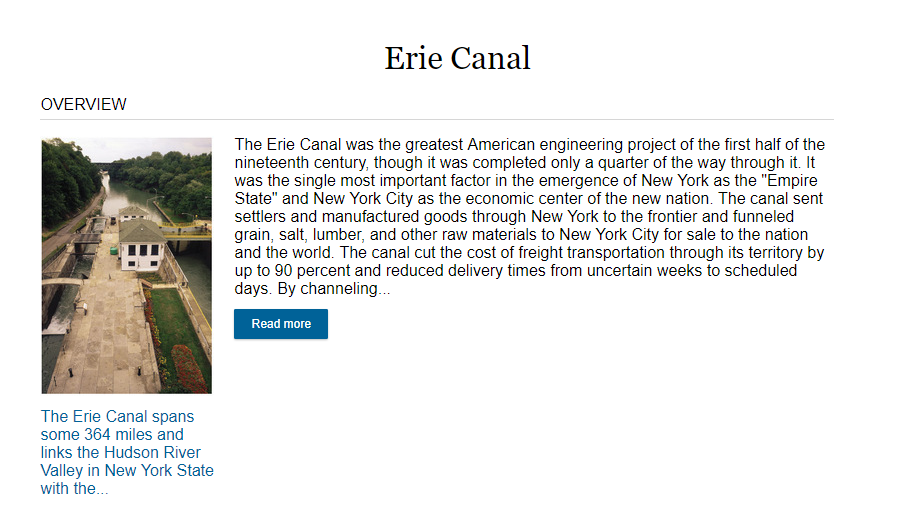
Koeppel, Gerard T. “Erie Canal.” Encyclopedia of the New American Nation, edited by Paul Finkelman, vol. 1, Charles Scribner’s Sons, 2006, pp. 468-473. Gale In Context: U.S. History, https://link.gale.com/apps/doc/CX3446700223/UHIC?u=gale&sid=UHIC&xid=1fd7215a.
See this article and more in Gale In Context: U.S. History. Not a U.S. History subscriber? Learn more >>
Understanding the whole truth of the impact of this canal is important and necessitates a deeper dive. Here are few titles, available in print or eBook format on Gale eBooks, to get you started:
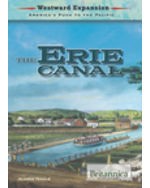
Westward Expansion: America’s Push to the
Pacific: The Erie Canal, 1st Edition
Jeanne Nagle
Britannica Digital Learning
ISBN-13: 9781680487664
Grade Level Range: 5th Grade – 9th Grade
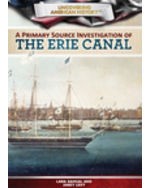
Uncovering American History: A Primary Source
Investigation of the Erie Canal, 1st Edition
Lara Sahgal
Rosen Reference
ISBN-13: 9781499435108
Grade Level Range: 5th Grade – 8th Grade
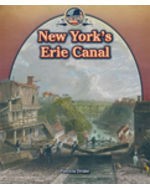
New York’s Erie Canal, 1st Edition
Patricia Drake
Berrett-Koehler
ISBN-13: 9781477772928
Grade Level Range: 4th Grade – 7th Grade
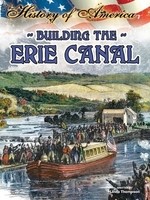
Building The Erie Canal, 1st Edition
Rourke Educational Media LLC
ISBN-13: 9781621699446
Grade Level Range: 4th Grade – 6th Grade

Meet the Author
Traci Cothran is the director of Gale’s K12 content team as well as a history buff, so she can often be found watching videos from the early 1900s in Gale In Context: World History

